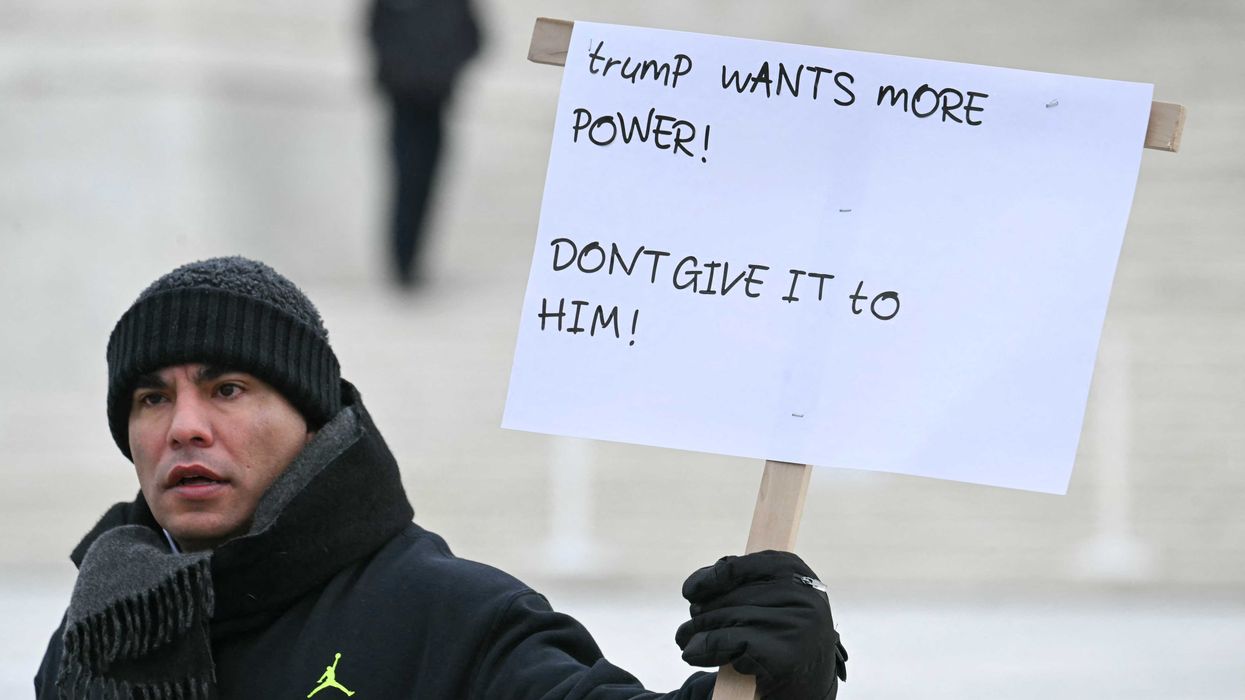Mark Halperin, co-author of Double Down, joined Glenn on radio this morning to discuss some of the behind-the-scenes insight his book provides into the 2012 presidential election.
“One of the guys who I think tries to tell the truth and that is very rare. I have no time, nor will we give any time on this program to anybody who… [has] an agenda and [is] not at least trying to be honest,” Glenn said. “Mark Halperin is a guy who wrote the book Double Down, Game Change 2012, and it has raised some eyebrows because he let's the axe fall where the axe falls and is not trying to cut it one way or another. And he can tell us exactly what happened in the election of 2012 in some of the really important moments that we all watched, but we didn't know what was going on behind the scenes.”
In the book, Mark explains the President has not left himself many allies. But, as Glenn pointed out, President Obama enjoys a very favorable press. “So what’s the secret sauce here?”
“I have said throughout my career, particularly when the President was running in 2008, but beyond that there's a obvious slant in much media towards Democrats,” Mark admitted. “And even as I tell liberals who balk when I said that, even if you don't believe that, recognize that half the country or so feels alienated from a lot of press because they perceive that kind of lies and bias. It's not good for the country. It's not good for democracies to have people feeling like the press is slanted in one direction.”
Double Down explores the inner workers of the 2012 election, including the fact that First Lady Michelle Obama really didn’t want her husband to run for reelection, but she ultimately decided that it was important for him to be a two-term president so that people wouldn’t dismiss his time in office as some sort of ahistorical aberration. To that end, the First Lady was able to use her popularity, which in many cases was higher than her husband’s, to his advantage. One particular instance – the aftermath of the disastrous first debate in Denver.
“I mean it was a major performance failure,” Mark said of President Obama’s debate performance. “In part because there's this myth, Barack Obama is a great debater. He's never done good at debates. Look at his debates with Alan Keys in the Senate race in Illinois. He's not a great debater. In addition, he had in his head a lot of no-contest towards Mitt Romney and a lack of respect. And his aids were just really beside themselves leading up to that debate saying, ‘You don't want to show how much you disdain the guy.’ And they kind of told him just lay low.”
Why did President Obama have so much animosity toward his Republican opponent?
“He thought Mitt Romney was a phony. And that Mitt Romney was running for all the wrong reasons – was disavowing his record in Massachusetts as governor,” Mark said. “You saw just a ridiculously bad performance by the President that led them to feel like he could lose election and while they were publically saying everything is fine, privately, as the President rehearsed for the second debate, they got really worried he might lose the second debate and they thought if that happened, the election could swing the other way.”
“I'm sorry, it's like you hit me in the head with a frying pan or a telephone pole,” Glenn said exasperatedly. “The President thought someone else was a phony? Wow. That is saying something. I mean [he is] the king of phonies.”
Another one of the big revelations in the book is the vetting process the Romney campaign used to find its vice presidential candidate. New Jersey Governor Chris Christie was once believed to be the front runner, but, according to Mark, Romney was not comfortable with Christie’s style.
“Well, Governor Romney at first though, ‘Maybe I'll pick Chris Christie,’” Mark explained. “Then he looked at some of his things in his background – little scandals, little controversies, some of them, if you Google, you'd see them but weren't known nationally. He thought that it was a little too much… to take on that potential controversy.”
“Then one of his advisors said, ‘Look, we're getting killed every day in the media. Barack Obama is, is dominating this race. We need a street fighter because we're in a street fight.’ And so he urged him to reconsider Christie,” he continued. “They looked at his background closer, and they found a bunch of stuff. Chris Christie used to be a lobbyist and one of his clients was an organization at the time was headed by Bernie Madoff. That's a 30 second ad that writes itself. He also, when he was a U.S. attorney in Jersey, the inspector general was looking at his spending habits when he went on the road for business. All of this stuff is nothing like a huge smoking gun. But Mitt Romney thought this stuff was a little controversial in the glare of a national campaign.”
The now infamous bear hug on the beach between President Obama and Gov. Christie in the aftermath of Superstorm Sandy was the icing on the cake for the Romney campaign.
“They were crazy. One of Romney’s advisors was telling people, you know, people talked about it as a bear hug. You saw it more as a French kiss,” Mark said. “You know look when a governor has a disaster, they tend to look for help anywhere they can get it. It's often from presidents. Romney thought, ‘I understand Chris Christie is a governor. But he's being a little exuberant.’ Why does he need to go as far as he did?”
“The name of the book is Double Down by Mark Halperin,” Glenn said. “And Mark, we appreciate the fact that you're coming on the program. We appreciate the fact that you do let the chips fall where they may. And we wish you the best.”
Watch the entire interview below:

 JIM WATSON / Contributor | Getty Images
JIM WATSON / Contributor | Getty Images
 Joe Raedle / Staff | Getty Images
Joe Raedle / Staff | Getty Images AASHISH KIPHAYET / Contributor | Getty Images
AASHISH KIPHAYET / Contributor | Getty Images Harold M. Lambert / Contributor | Getty Images
Harold M. Lambert / Contributor | Getty Images